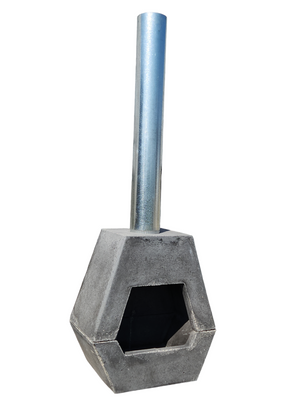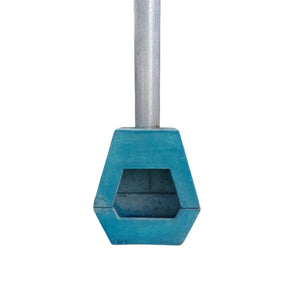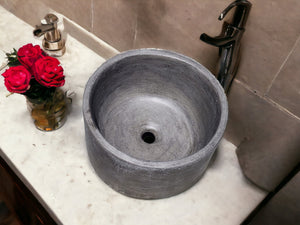|
Honey from Proteas?
The following proteas are listed as bee plants in Anderson’s Beekeeping in South Africa (Dept Agricultural Technical Services, Bull. 394): Br stellatifolium Wild Almond: Fa saligna Bushveld Beechwood <It is surprising that Fa sali is important to Honeybees, but that there are no records of other Boekenhouts being used for honey production. Is there more data out there?> Proteas (Pr repens and Pr nitida most important) Pr caffra Transvaal Sugarbush Honeybees are not frequent visitors to proteas. The exception is Pr repens, which bees regularly visit for nectar, pollen and the resin on the outside of the involucral bracts. At Kirstenbosch bees prefer the open flowerheads of Sugarbushes, visiting the Spoon-bract Sugarbushes far more than the Bearded. One exception to this lack of visits is Ls oleifolium Overberg Pincushion, which is heavily visited by Honeybees when hives are placed nearby, to the near exclusion of visits by Orange-breasted Sunbirds. Carpenter Bees regularly visit some Sceptres Paranomus, and Solitary Bees are often seen on Spiderheads Serruria, especially the Pin and Curly groups. Honeybees are also occasionally seen on Needlebushes Hakea. Rose Sugarbushes produce the sugar xylose, which is indigestible to bees. Interestingly, no mention is made of whether Macadamias require pollination by bees, or what type of honey results from this crop. Data from Australia (Wriggley & Fagg, 1989) suggest that proteas are not a major component of the "Honey flora", and that honey derived solely from proteas are not accepted by the market. In Australia some Banksias are of minor importance. Banksia menziesii produces a sucrose-rich honey (unusual, as honey production converts sucrose to its constituent sugars). Hakea leucoptera produces a fair quality, light amber honey, and in a good season produces a major pollen crop. Grevillea, Macadamia and Telopea also produce "very minor" crops of nectar and pollen. Tony Rebelo
This great article was found here. |
- Tags: Proteas
← Older Post Newer Post →













 Do bees get any honey from proteas? Ismail Ebrahim
Do bees get any honey from proteas? Ismail Ebrahim

























































